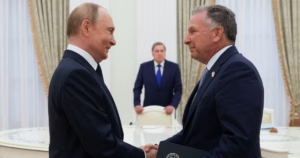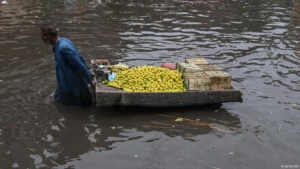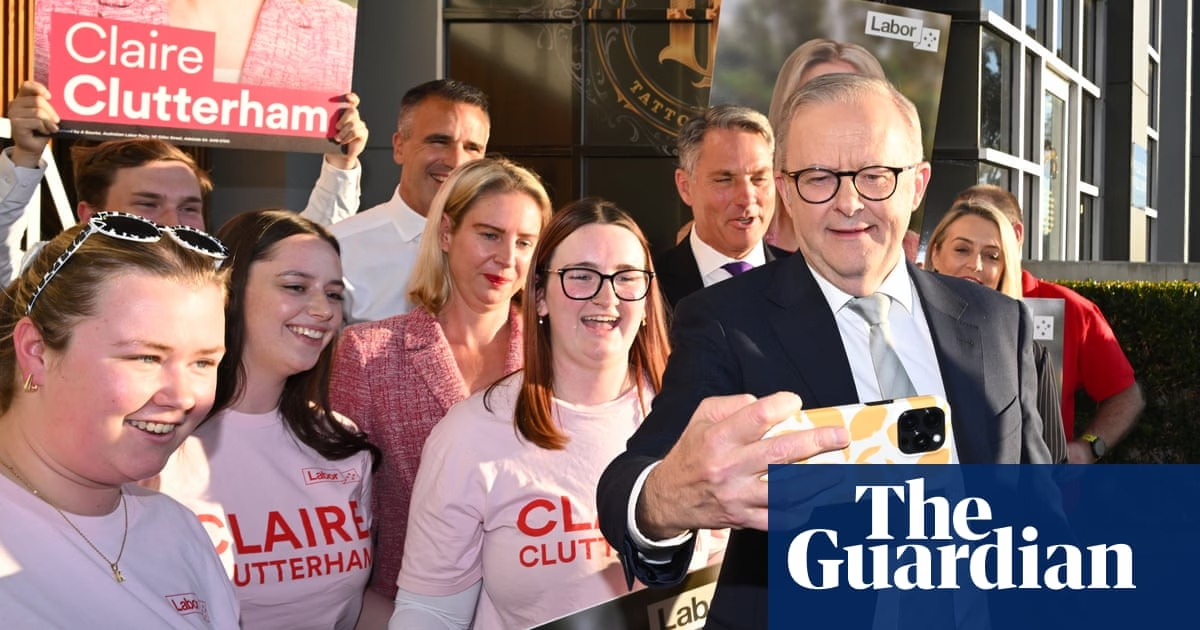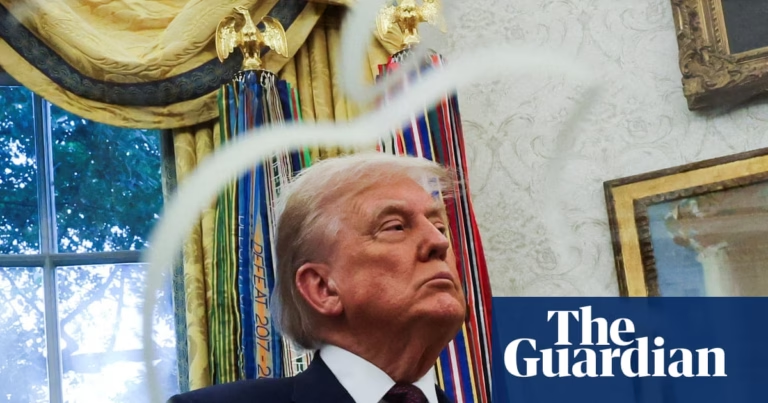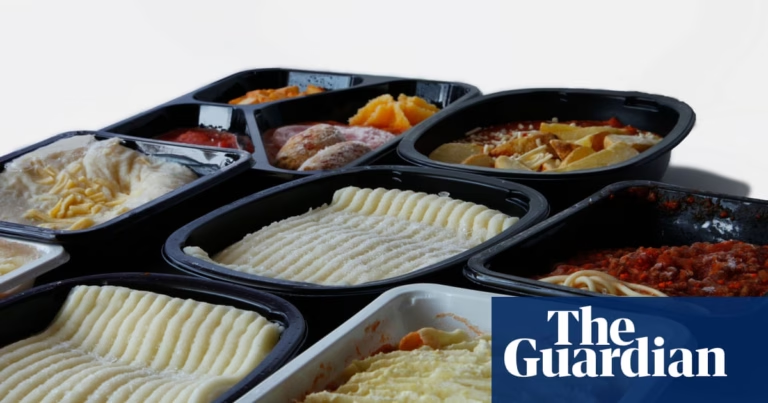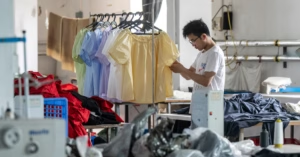More than 18 million Australians will head to the polls this Saturday to choose between the incumbent center-left Labor party and its conservative-leaning Liberal/National Coalition challenger. However, about one in three voters may disregard the major contenders in favor of someone else in an election marked by a cost of living crisis and the influence of Donald Trump.
A typical Australian polling day involves heading to the local school or church on a Saturday and enjoying a “democracy sausage”—a sausage on a slice of bread, often topped with onion and sauce. Next, voters will encounter volunteers distributing how-to-vote cards as part of the country’s preferential voting system. There will be blue-clad volunteers for the Opposition and red-clad volunteers for the ruling Labor party, which is ahead in the polls.
The final Guardian Essential poll shows that 32% of voters have given their first preference to Labor, with 34% supporting the Coalition. However, once preferences are distributed, Labor would be ahead of the Coalition on 52.1% to 47.9%. Depending on the swings, this could result in a minority Labor government or potentially a majority government.
The Greens party, aiming to win a balance of power, is expected to obtain about 13% of first-preference votes. Additionally, there will be those voting for the Trump-loving Trumpet of Patriots party, backed by mining billionaire Clive Palmer, which has angered voters with unsolicited text messages. Pauline Hanson’s One Nation party may also influence the outcome in some lower house seats.
The teal independents, who ran on climate crisis, integrity, and gender equality, have been a rising force in Australian politics, unseating and threatening Liberal party candidates. They could be kingmakers if no party wins an overall majority.
While 3 May is election day, millions have already cast their votes early. Gen Z and millennials now outnumber the traditionally powerful baby boomer votes in Australia, and these age groups are particularly concerned about the cost of living and housing affordability crises. The two major parties have competing tax policies, with Labor proposing income tax cuts and the Coalition advocating for fuel tax cuts. Labor has also emphasized health policies, though there has been skepticism from doctors’ groups and others.
The biggest policy differences between the major parties are in energy generation. Both parties are committed to net zero emissions by 2050, but there are significant disagreements on how to achieve this goal. The Coalition has been criticized for planning to unwind Labor’s climate measures and proposing the establishment of a nuclear power industry.
The 2025 election campaign has also been influenced by Trump. Dutton, the opposition leader, has echoed some of Trump’s policies, appointed a shadow minister with an Elon Musk-like portfolio, and promised to reduce public servants in Canberra. Dutton has stoked culture wars by criticizing Indigenous welcome ceremonies as “overdone” and delegitimizing certain media outlets.
The outcome of the election remains uncertain, as polls can be unreliable in Australia and elsewhere. It is the conservative Coalition or the progressive Labor that ultimately prevails.
Source: https://www.theguardian.com/australia-news/2025/may/02/australia-heads-polls-big-parties-brace-rise-independents


